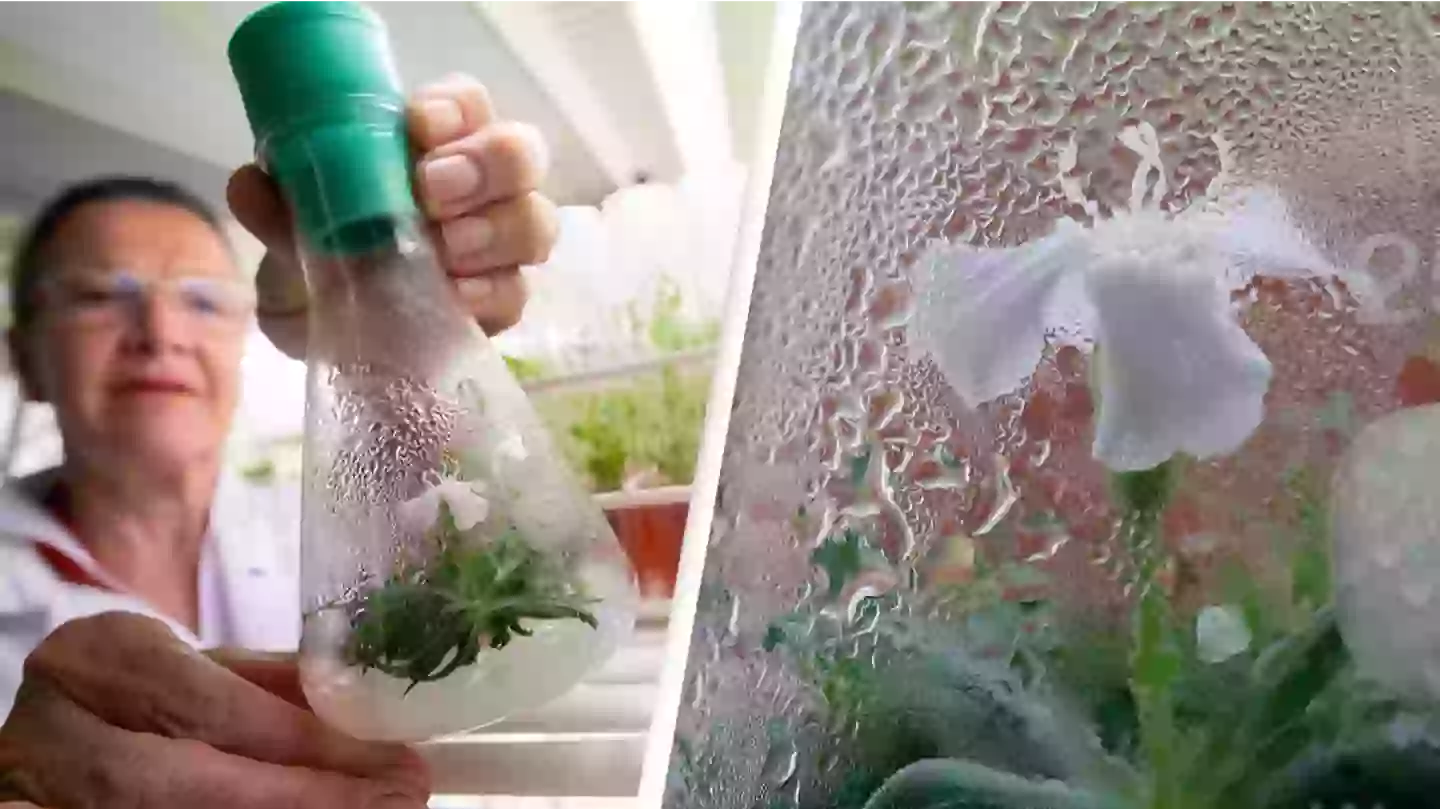In 2012, Russian scientists achieved something that sounds closer to science fiction than reality: they revived a flowering plant from the last Ice Age. The plant, Silene stenophylla, had been frozen for over 32,000 years in the permafrost of northeastern Siberia. This extraordinary success not only set a record for the oldest living plant ever regenerated but also opened a window into Ice Age ecosystems and the incredible resilience of life.
Discovery in Ancient Squirrel Burrows
The story begins along the Kolyma River in northeastern Siberia, one of the coldest regions on Earth. There, researchers excavated fossilized burrows left behind by ancient ground squirrels during the Pleistocene epoch. These small mammals had carefully hoarded seeds and fruits, which were then entombed in permafrost nearly 38 meters underground.
Radiocarbon dating revealed that the frozen burrows were about 32,000 years old, predating the end of the Ice Age. Among the preserved material were fruits belonging to Silene stenophylla, a small, delicate wildflower still found in Siberia today.
The Scientific Breakthrough
At first, the seeds themselves appeared lifeless and could not germinate. But the team, led by Svetlana Yashina and the late David Gilichinsky from the Russian Academy of Sciences, tried something different. They carefully extracted placental tissue from the fruits—the nutritive tissue surrounding the seeds—and placed it in sterile culture.
To their astonishment, the tissue began to grow. Over time, the researchers were able to regenerate entire plants. This marked the first successful revival of a flowering plant from such ancient material.
Blooming After Millennia
The revived plants were grown to maturity in controlled greenhouse conditions. They did not just survive—they thrived. The Ice Age Silene stenophylla produced flowers, which researchers noted were subtly different from their modern descendants:
Petals: The ancient flowers had narrower, more delicate petals.
Flowering patterns: They bloomed slightly differently from today’s versions.
Seeds: Remarkably, the regenerated plants produced seeds with a 100% germination rate, outperforming modern Silene seeds.
This suggested that the ancient genetic material was not only intact but potentially more vigorous than modern counterparts.
Why It Matters
This achievement is far more than a botanical curiosity. It demonstrates the extraordinary preservative power of permafrost, which has the potential to safeguard life for tens of thousands of years.
The implications extend into multiple scientific fields:
Paleobotany: Offers a direct glimpse into Ice Age ecosystems.
Genetics: Shows how DNA can remain viable across vast timescales.
Cryopreservation: Inspires techniques for long-term storage of seeds, tissues, and even endangered species.
Astrobiology: Raises the possibility that life could survive in frozen conditions elsewhere in the solar system, such as on Mars or icy moons like Europa.
A Flower Frozen in Time
The revival of Silene stenophylla stands as the oldest known example of a viable plant regenerated from ancient tissue. Unlike de-extinction projects that attempt to genetically engineer vanished species, this was a direct biological revival of life that had been paused for over 30,000 years.
As Dr. Yashina’s team noted, the ground squirrels of the Ice Age could never have imagined that their seed stashes would one day bloom again under human care. Their burrows became natural vaults of genetic time capsules, waiting patiently under the frozen soil.
Looking Ahead
The revival of the Ice Age flower sparks imagination as much as it inspires science. Could other plants, long lost to time, be brought back? Might permafrost also preserve ancient microbes—or even more complex life forms? And as the permafrost thaws under modern climate change, what else might emerge from the frozen vault of Earth’s deep history?
For now, Silene stenophylla stands as a delicate yet powerful reminder: even after 32,000 years of dormancy, life can bloom again.








